I have been shooting Fuji ever since the X-Pro1 was released and even though I have dipped in and out of other systems, the XT5 and X100VI have really helped to confirm that I enjoy shooting Fuji more than any other brand. The X-T5 — which I included in my Best Full-Featured Cameras in 2025 roundup — and the highly sought-after X100VI both bring Fujifilm’s signature features and performance to the table, but in very different ways.
Update October 2025: I have both of these cameras here with me in the Philippines where I continue to use them for most of my photography. Here are my travel photography camera and lens recommendations. I recently put the X100VI through its paces on a trip with my eldest daughter After over a year I have now found the perfect accessories for my Fuji X-T5.
Choose in 30 seconds
- Pick the X100VI if you like simplicity, creative constraint, already know you love the 35 mm (equiv.) focal length, and appreciate the leaf shutter, built-in ND filter, and pop-up flash.
- Pick the X-T5 if you want about 90% of the X100VI shooting experience but need interchangeable lenses, dual SD card slots, and a more general-purpose camera.
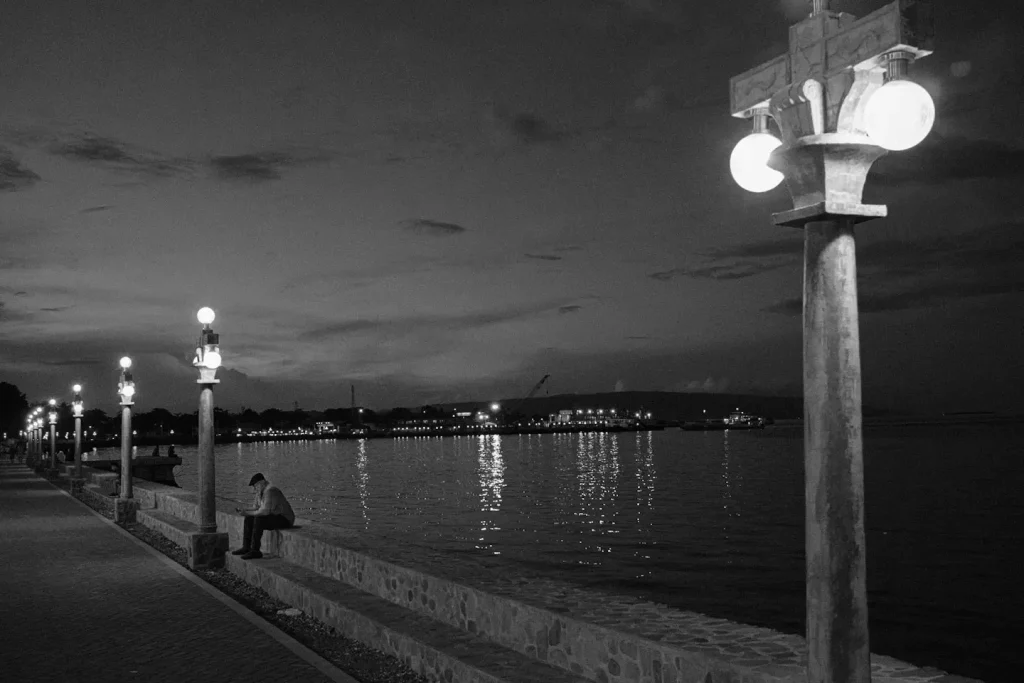
Sofia and I spent every evening walking the beautiful Boulevard in Dumaguete taking photos on both my X100VI and her Ricoh GRIIIx. This kind of bonding is one of the reasons I focus on photography as I discuss in this article.
X-T5 vs X100VI — Key Specs
If you just want the important numbers side by side:
| Spec | X100VI | X-T5 |
|---|---|---|
| Sensor | 40 MP APS-C X-Trans CMOS 5 HR | 40 MP APS-C X-Trans CMOS 5 HR |
| Lens | Fixed 23 mm f/2 (35 mm eq.) | Interchangeable X-mount |
| IBIS | 5-axis, up to 6 stops | 5-axis, up to 7 stops |
| Shutter | Leaf (silent, 1/2000 s sync) | Focal-plane (1/180 s sync) |
| Built-in ND Filter | Yes (4-stop) | No |
| Flash | Built-in | No |
| Card Slots | 1× UHS-I SD | 2× UHS-II SD |
| Viewfinder | Hybrid OVF/EVF (3.69 M-dot) | EVF only (3.69 M-dot) |
| LCD | 3″ tilting touchscreen | 3″ 3-way tilt touchscreen |
| Weight | 521 g | 557 g (body only) |
When it comes to street photography, trying to decide between the Fuji XT5 vs X100VI can be tough. In the end I opted to get both because I wanted a backup body and the X100VI complemented my XT5. If you’re still weighing up whether the X100VI is worth it on its own, I’ve written a full X100VI vs X100V comparison that breaks down everything that’s changed.
Some of the links in this article are affiliate links. If you purchase through them, I may earn a small commission at no extra cost to you. This helps support the site and allows me to keep creating useful content. Thank you!
With the X100VI being notoriously hard to find in stock, many photographers are considering the XT5, paired with one of Fuji’s compact prime lenses like the 23mm f/2 or the 35mm f/2, as a potential alternative. While both cameras share the same 40MP X-Trans 5 sensor and the latest film simulations, they offer unique handling experiences. So, how do they compare, and which one might be the better fit for you? If you have managed to get your X100VI then these are the best accessories for it.
Update: You can now see how the XF23mm f2 performs against the X100VI. My long term X-T5 review is also published here and how the Fuji 23mm 1.4wr and XT5 perform against the Fuji X100VI.
In this post, I’ll dive into the key differences between the Fuji XT5 and X100VI for street photography. If you want to know which one I recommend, make sure to watch my YouTube video at the end for my full review and detailed opinion.
Fuji XT5 vs X100Vi – Image Quality: A Level Playing Field
First and foremost, let’s talk about image quality. Both the XT5 and X100VI are equipped with Fujifilm’s latest 40MP APS-C X-Trans 5 sensor, so you can expect the same level of image quality from both cameras. Whether you’re shooting in bright sunlight or low light, both cameras deliver sharp, detailed images with excellent color rendering and dynamic range.
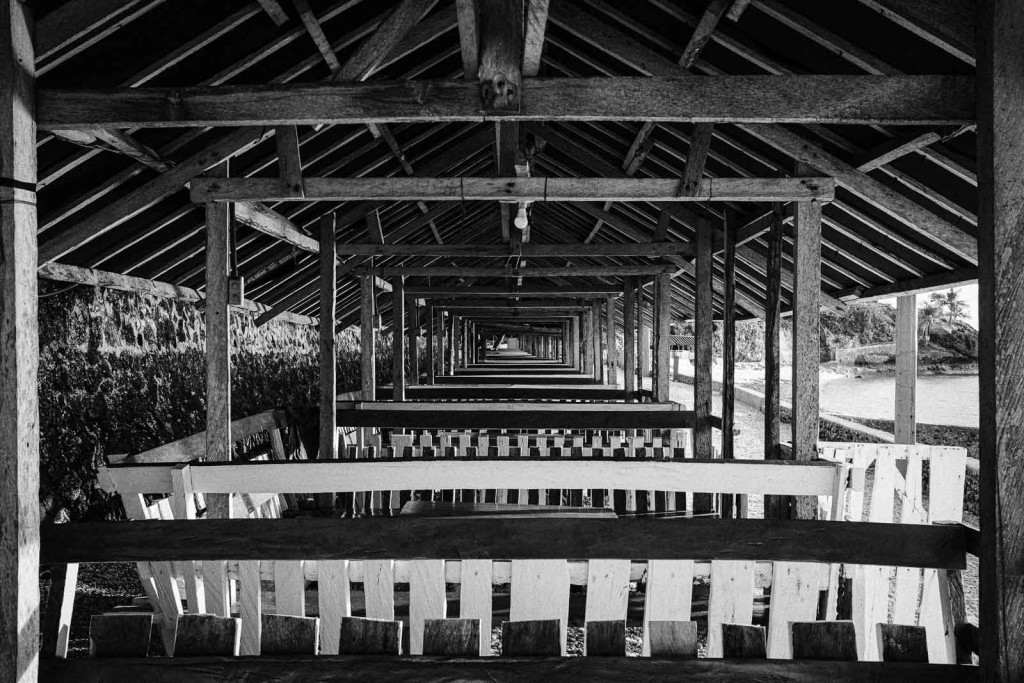
Check latest prices and availability now
One of the reasons I love Fujifilm is the variety of film simulations available, and both the XT5 and X100VI come with the full set, including the newer Reala Ace simulation. These film simulations are particularly useful in street photography, where you can quickly switch between different color tones or black and white without needing to spend time in post-processing.
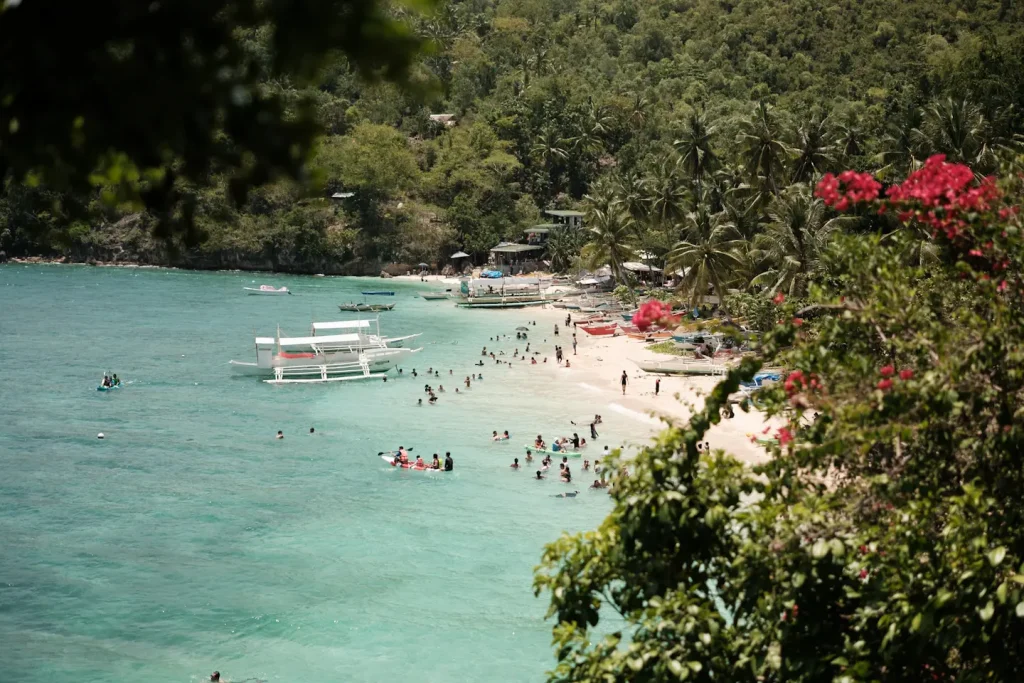
In terms of autofocus performance, I’ve found both cameras to be very similar. They offer fast and accurate autofocus, which is essential for street photography when you need to capture moments quickly. The XT5, when paired with Fuji’s f/2 prime lenses like the 35mm f2, feels a little quicker because the lenses are virtually silent, whereas the X100VI’s fixed lens does produce a bit of noise due to its focus motors.
—
Design and Handling: Compact vs. Versatile
Now, let’s get into where these cameras really differ – design and handling.
Fujifilm X100VI: Compact and Discreet
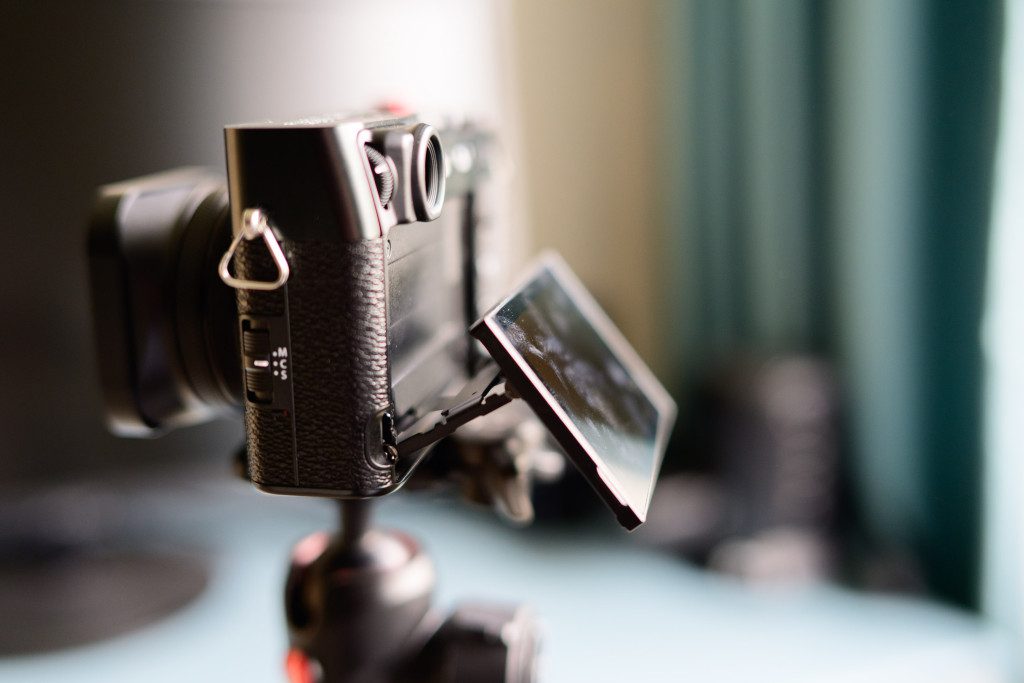
The X100VI is known for its compact size and portability, making it an excellent choice for photographers who want to be discreet while shooting on the street. If you’re also considering something even smaller, I compared the X100VI to the Ricoh GRIII here. The X100VI features a fixed 23mm f/2 lens (35mm full-frame equivalent), which is a fantastic focal length for street photography, offering a good balance between wide-angle and standard field of view. I’ve shot everything from portraits to travel photos with this focal length, and it works well for most situations.
The hybrid viewfinder on the X100VI is one of its standout features. It gives you the option of an optical viewfinder with an electronic overlay, or a fully electronic viewfinder. The optical viewfinder can be particularly useful in street photography because it lets you see subjects entering the frame before they’re captured, helping you time your shots more effectively. It also offers focus aids like magnified view and focus peaking, which can help when you’re shooting manually.

However, the grip on the X100VI is small. While it contributes to the camera’s compact size, I’ve found it a bit uncomfortable for longer shooting sessions, especially when shooting one-handed. To improve handling, I’ve added a SmallRig thumb rest and a grip extender, which makes it much more comfortable to use over extended periods.
Fujifilm XT5: Versatility with Interchangeable Lenses
On the other hand, the Fuji XT5 offers a more traditional DSLR-like design, with a larger body and central viewfinder hump. While it’s not as compact as the X100VI, it’s still relatively small and portable, especially when paired with one of Fuji’s compact prime lenses, such as the 23mm f/2 or 35mm f/2. This gives the XT5 an edge in terms of versatility, as you can switch lenses to suit different shooting situations. If you want even better image quality then of course, you have professional grade primes like the 23mm 1.4, 33mm 1.4 and 56mm 1.2 available.
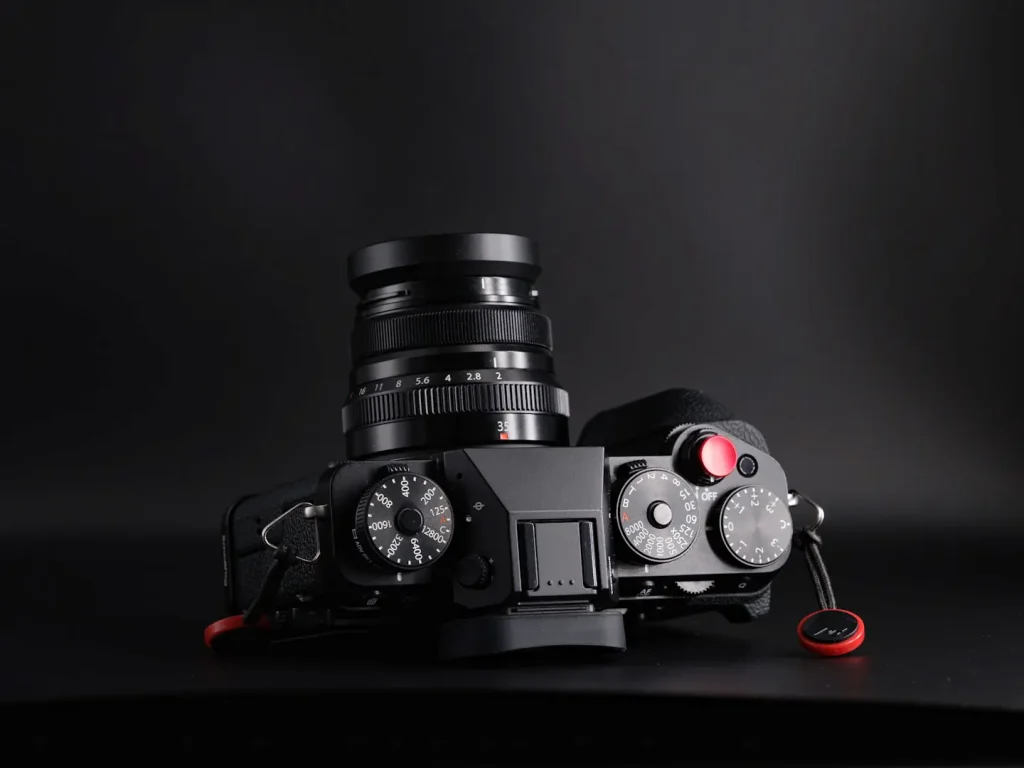

The grip on the XT5 is larger, providing a more comfortable hold for longer shoots. I prefer to add a SmallRig grip when I know I’ll be shooting for an extended period, but even without it, the XT5 offers enough purchase to hold the camera securely. The 3-way tilting screen on the XT5 is also a nice touch, allowing for more flexible shooting angles, especially in portrait orientation. In contrast, the X100VI’s screen only tilts in two directions, but it’s sleeker and flush to the body, giving the camera a very streamlined appearance.
—
Controls and Customization: Traditional Fujifilm Dials
Both the XT5 and X100VI feature external control dials for shutter speed, ISO, and (when paired with a lens that has an aperture ring) aperture, which makes them both intuitive to use. This is one of the things I love most about Fujifilm cameras – the ability to quickly change settings without diving into menus.
X100VI: Compact Control Setup
The X100VI has a more streamlined control layout, with fewer physical buttons compared to the XT5. The ISO dial is integrated into the shutter speed dial, which can be adjusted with just one hand while shooting. I find this particularly useful in fast-paced environments like street photography, where every second counts. However, the X100VI relies more heavily on its touchscreen for navigating certain settings.

XT5: Extra Customization
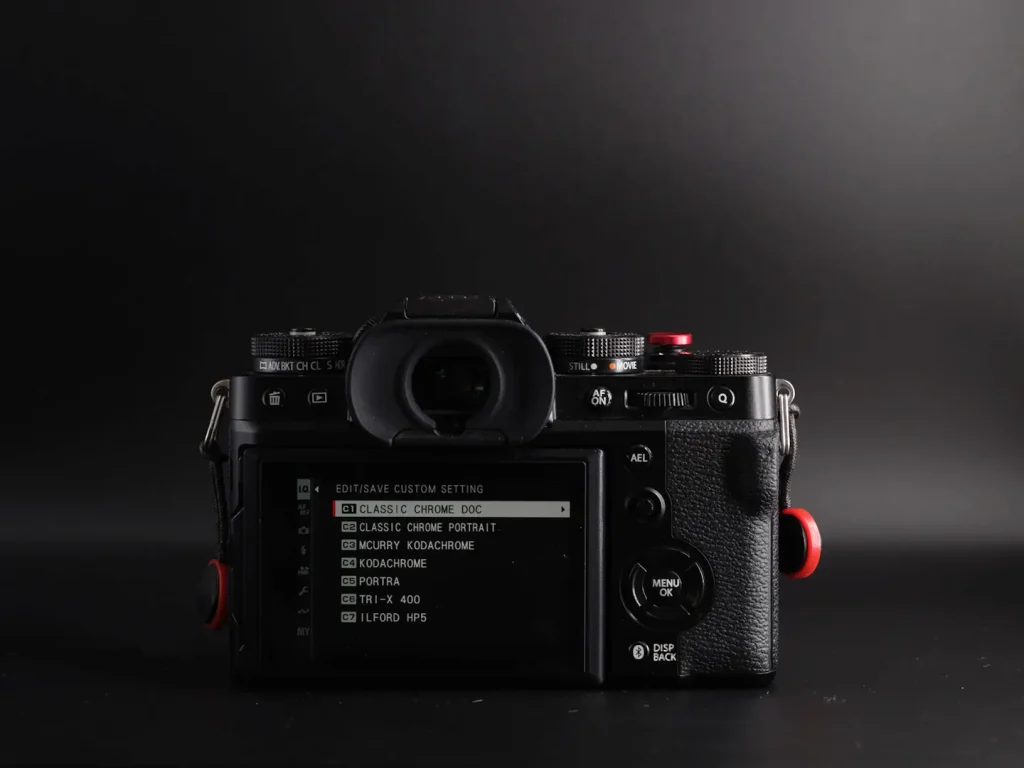
The XT5 offers a bit more customization with the inclusion of a D-pad on the back, allowing for more function buttons and quicker access to frequently used settings. This can be a real advantage if you like to tweak your settings on the go. Additionally, the XT5 has dual SD card slots, which is useful if you’re shooting in RAW or want the peace of mind of having a backup card.
In-Use Experience: Portability vs. Flexibility

When it comes to real-world use, there are a few factors that might influence your decision.
Portability: X100VI
If you prioritize portability and discretion, the X100VI is hard to beat. Its leaf shutter is quieter than the XT5’s mechanical shutter, making it less noticeable in quiet environments. The fixed 23mm lens doesn’t protrude far from the camera body, giving the X100VI a very compact profile, and its built-in flash is great for adding a touch of fill light in backlit situations. The 4-stop ND filter is another handy feature that lets you shoot wide open in bright light without needing to attach any external accessories.
Flexibility: XT5
On the flip side, the XT5 offers much more flexibility thanks to its interchangeable lenses. While the 23mm f/2 lens on the XT5 gives a similar field of view to the X100VI, the ability to switch lenses gives you more creative options. Whether you’re looking to shoot wide-angle street scenes or zoom in for a tighter portrait, the XT5 can adapt to a wider range of scenarios.
—
Battery Life and Storage
Both cameras offer USB-C charging, which is convenient when you’re out on a long day of shooting. The XT5 has a larger NP-W235 battery, which generally lasts longer than the X100VI’s NP-W126S battery. However, I find that both cameras last long enough for most street photography sessions but I always carry a spare battery in my bag.
The XT5’s dual SD card slots are a nice addition, especially if you shoot in RAW or need to back up your images on the go. The X100VI only has a single card slot, but for most street photography, this isn’t a dealbreaker.
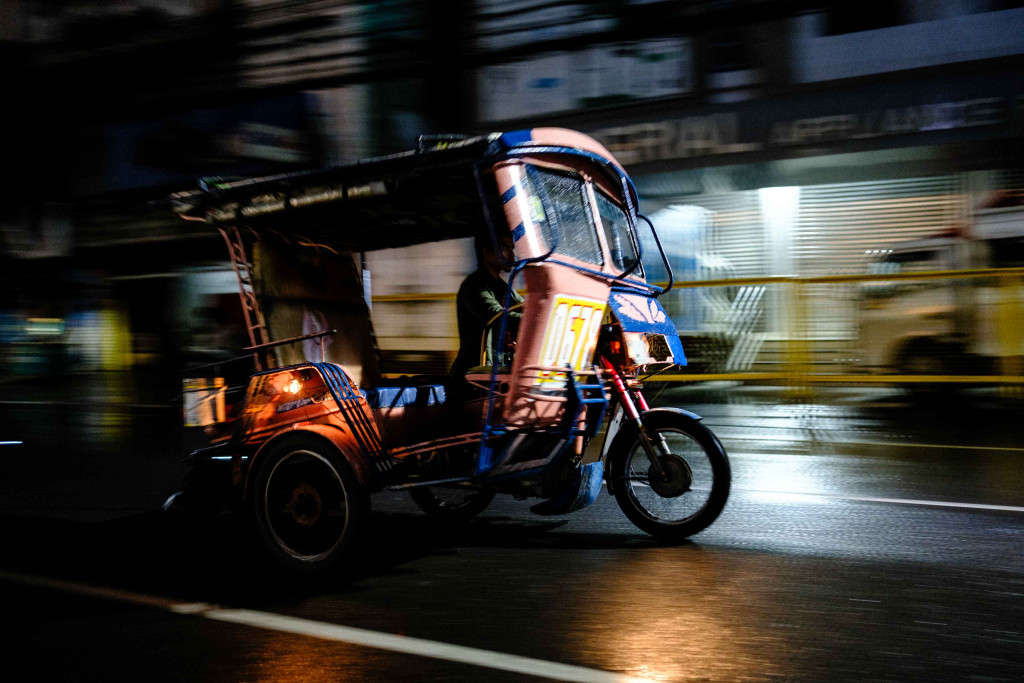
Fuji XT5 vs X100Vi – Which Camera is Best for Street Photography?
At the end of the day, both the Fuji XT5 and X100VI are excellent cameras for street photography, but they cater to slightly different needs. The X100VI offers simplicity and discretion, while the XT5 provides more versatility and customization.
I hope that you found this comparison useful, if you did then the best way to support me is to use my affiliate links
If you’re still unsure which one is right for you, I’ve made a detailed video comparing these two cameras in action. Be sure to check it out on my YouTube channel, where I go into more depth about the strengths and weaknesses of each model and offer my personal recommendation based on real-world use.
if you would like to see how best to setup the Fuji XT5 for street photography then head on over to this article or this video

